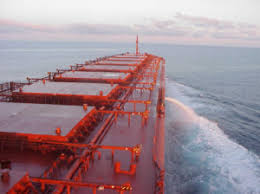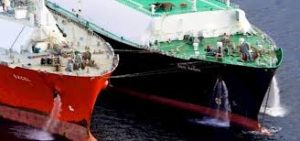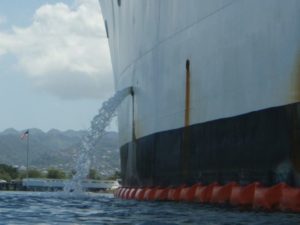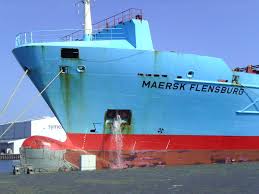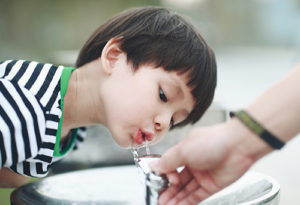Ballast water is one of the major pathways for the introduction of nonindigenous marine species. Ballast water is fresh or saltwater held in the ballast tanks and cargo holds of ships. It is used to provide stability and maneuverability during a voyage when ships are not carrying cargo, not carrying heavy enough cargo, or when more stability is required due to rough seas. Ballast water may also be used to add weight so that a ship sinks low enough in the water to pass under bridges and other structures.
Usually, ballast water is pumped into ballast tanks when a ship has delivered cargo to a port and is departing with less cargo or no cargo. Ballast water is then transported and released at the next port-of-call where the ship picks up more cargo. If a ship is receiving or delivering cargo to a number of ports, it may release or take on a portion of ballast water at each port. In such cases, the shipís ballast water contains a mix of waters from multiple ports.
The release of ballast water may introduce non-native organisms into the port of discharge. These introduced species, or bioinvaders, are also referred to as exotic species, alien species, and nonindigenous species. (Source: Massachusetts Institute of Technology Sea Grant – Ballast Water(link is external))

